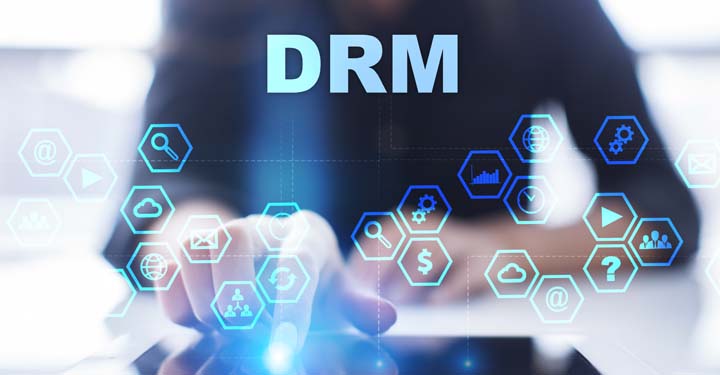The Internet of Things (IoT) era has brought a new set of challenges for video watermarking and digital rights management (DRM) service providers. The increasing number of connected devices has created a vast network of devices that can access and share digital content, making it difficult to secure and manage digital rights.
One of the main challenges in the IoT era is ensuring the security of the devices and networks that are used to access and share digital content. Hackers can exploit vulnerabilities in IoT devices to gain unauthorized access to digital content and distribute it without the consent of the content owner. To address this challenge, video watermarking and DRM service providers need to ensure that their solutions are compatible with the latest security standards and protocols.
Another challenge is managing the proliferation of digital content across multiple devices and platforms. With the rise of smart homes and smart cities, consumers are accessing and sharing digital content across a wide range of devices, from smartphones and tablets to smart TVs and IoT devices. This creates a complex ecosystem of digital content that needs to be managed and secured by video watermarking and DRM service providers.
To overcome these challenges, video watermarking and DRM service providers are developing innovative solutions that are specifically designed for the IoT era. One solution is the use of blockchain technology to secure digital content and manage digital rights. Blockchain technology provides a decentralized, tamper-proof record of all transactions, making it ideal for securing digital content and managing digital rights across multiple devices and platforms.
Another solution is the use of artificial intelligence (AI) and machine learning (ML) to detect and prevent unauthorized access to digital content. AI and ML can analyze user behaviour and detect anomalies that may indicate a security breach. This allows video watermarking and DRM service providers to take proactive measures to prevent unauthorized access to digital content.
In addition to these solutions, video watermarking and DRM service providers need to collaborate with other stakeholders in the digital content ecosystem to develop a comprehensive approach to securing digital content in the IoT era. This includes content owners, device manufacturers, and network providers, who all have a role to play in ensuring the security and integrity of digital content.
The implementation of DRM in the music industry has been met with mixed reactions. On the one hand, it has helped prevent piracy and protect the intellectual property rights of artists and record labels. On the other hand, it has been criticized for being overly restrictive and limiting the user’s ability to access and enjoy the music they have purchased. Additionally, DRM has been known to cause compatibility issues with certain devices and software, making it more difficult for users to access the music they have purchased.
In conclusion, the IoT era presents both challenges and opportunities for video watermarking and DRM service providers. To succeed in this new era, providers need to develop innovative solutions that are specifically designed for the IoT ecosystem, collaborate with other stakeholders, and ensure that their solutions are compatible with the latest security standards and protocols.




.png)


0 Comments